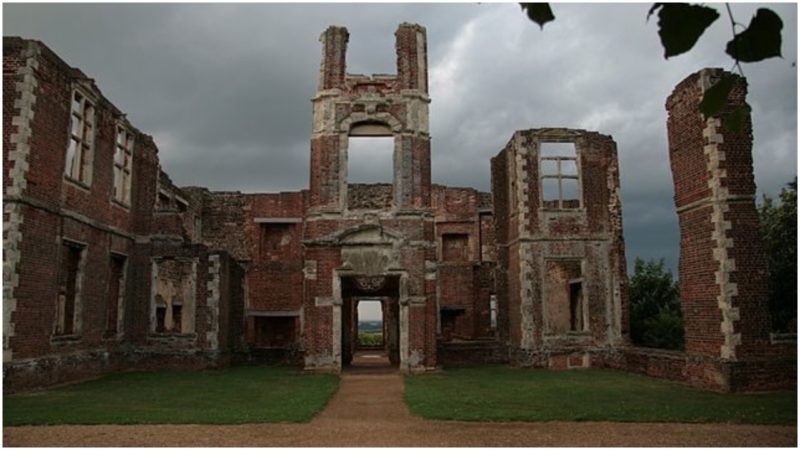The roofless shell of the once-magnificent Houghton House still has a mysterious and magnificent beauty. This ruined mansion from the 17th century was the inspiration for many poets, writers, and artists. The architectural beauty and peaceful ambiance have enchanted many visitors over the centuries. While it certainly charmed people over the years that it was complete, it later did the same when it was neglected condition.
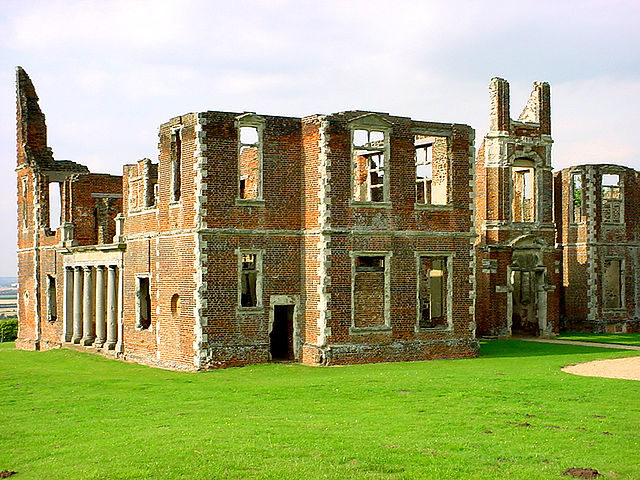
Houghton House is located near the small English town of Ampthill in Bedfordshire. According to popular belief, Houghton House was the inspiration for the English writer John Bunyan. It is believed that he modeled House Beautiful in his famous book The Pilgrim’s Progress, published in 1678, after Houghton House. Its grand proportions and dominant position over the area made it a perfect candidate for this role. The fact that Bunyan was born near Bedford and that he had already used several locations from the Bedfordshire region in his works, made this supposition even more likely.
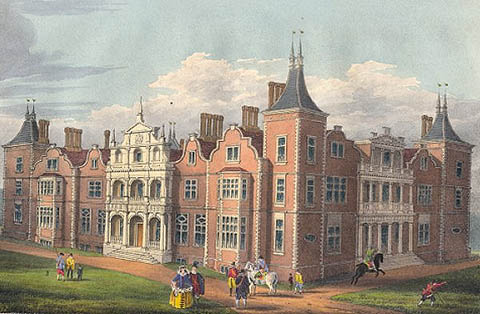
The mansion was constructed for Mary Dowager (Lady Pembroke), the Countess of Pembroke and sister of the poet Sir Philip Sidney. Construction began in 1615 and was finally finished in 1621. The land was given to her by King James I of England. The historic documents also show that King James visited Lady Pembroke in her new home in 1621. The building was a perfect combination of the Jacobean and Classical architectural styles. It was constructed from red bricks and decorated stones.
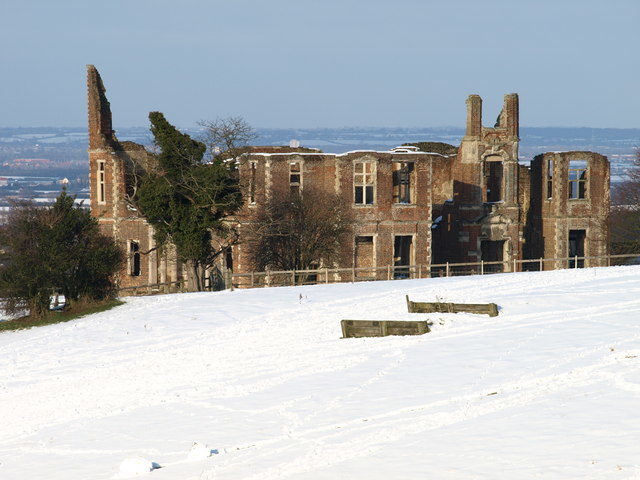
The elegant three-story mansion was famed by the two Italianate loggias. The ground floor of this astounding part of the house survived the passage of the time. However, the wind, the sun, and the rain shaped Houghton House since the end of the 18th century, when it was deliberately dismantled. Although mostly in ruins, the elegant plan of the house is still recognizable.
Lady Pembroke did not enjoy much time in the luxury of her house because she died in September of 1621. After her death, the entire property went to the hands of the Bruce family. At first, Houghton House was planned to be used only as a summer house and a hunting lodge, but the Bruce family made some adaptations and reconstructions in the interior and the house became their main country house.
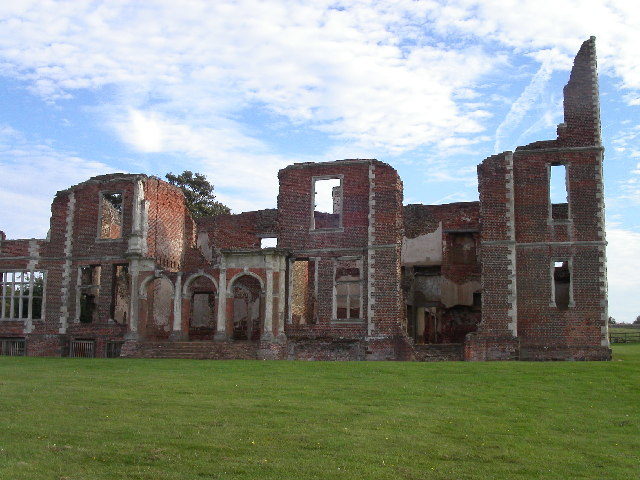
In 1738, they sold it to the Russell family (the Dukes of Bedford). The 5th Duke rented the hunting area of the property to a neighbor. Later he found out that according to the laws from the time he could not rent the house and the hunting park separately. Thus, in 1794, he ordered the house to be dismantled. The interior and the roof were taken away. The house slowly deteriorated to a ruin. In 1804, the Earl of Upper Ossory took possession of the hunting park and the ruins of the Houghton House. The house was never restored and soon it became a complete shell. Today, the remains of the historic building are under the protection of the English Heritage.
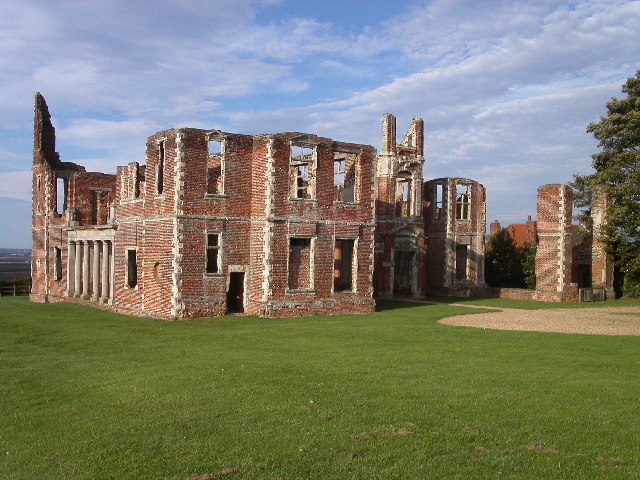
Since the house’s condition has deteriorated, today, the site has another kind of reputation. The empty shell that still dominates the landscape and the wind that blows around the ruins have created unique, ghostly atmosphere. This only helped to create several local ghost stories. One of the stories that shrouded the ruins is the one that tells about the shadowy figures that quickly vanish if they are spotted. The sound of galloping horses pulling a couch is another reported sighting. There is also the story about a small girl standing at the entrance and waving with her pale hand.
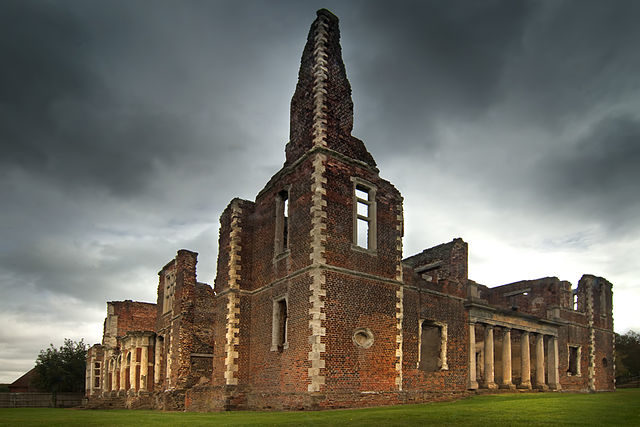
Although the site is officially closed during the night hours, it is still visited and is popular with local young people. The ruins have been vandalized several times and the police often make patrols in order to protect the unique remains from further deterioration. Perhaps not ghosts but certainly old graffiti that is slowly fading away can be spotted on the walls.
